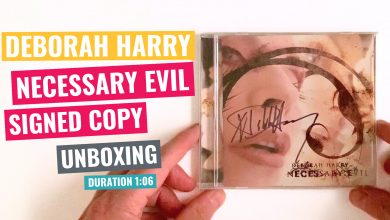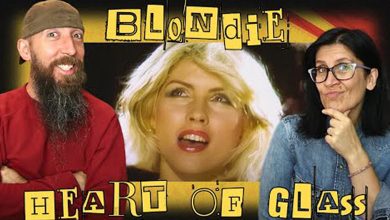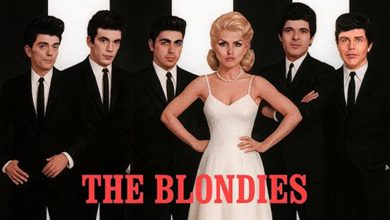Online
Blondie / Against The Odds 1974-1982 ‘all formats’ unboxing video
SuperDeluxeEdition – 29th July 2022
SuperDeluxeEdition.com editor, Paul Sinclair, takes a look at all four formats of the forthcoming Blondie ‘Against The Odds’ box set.



